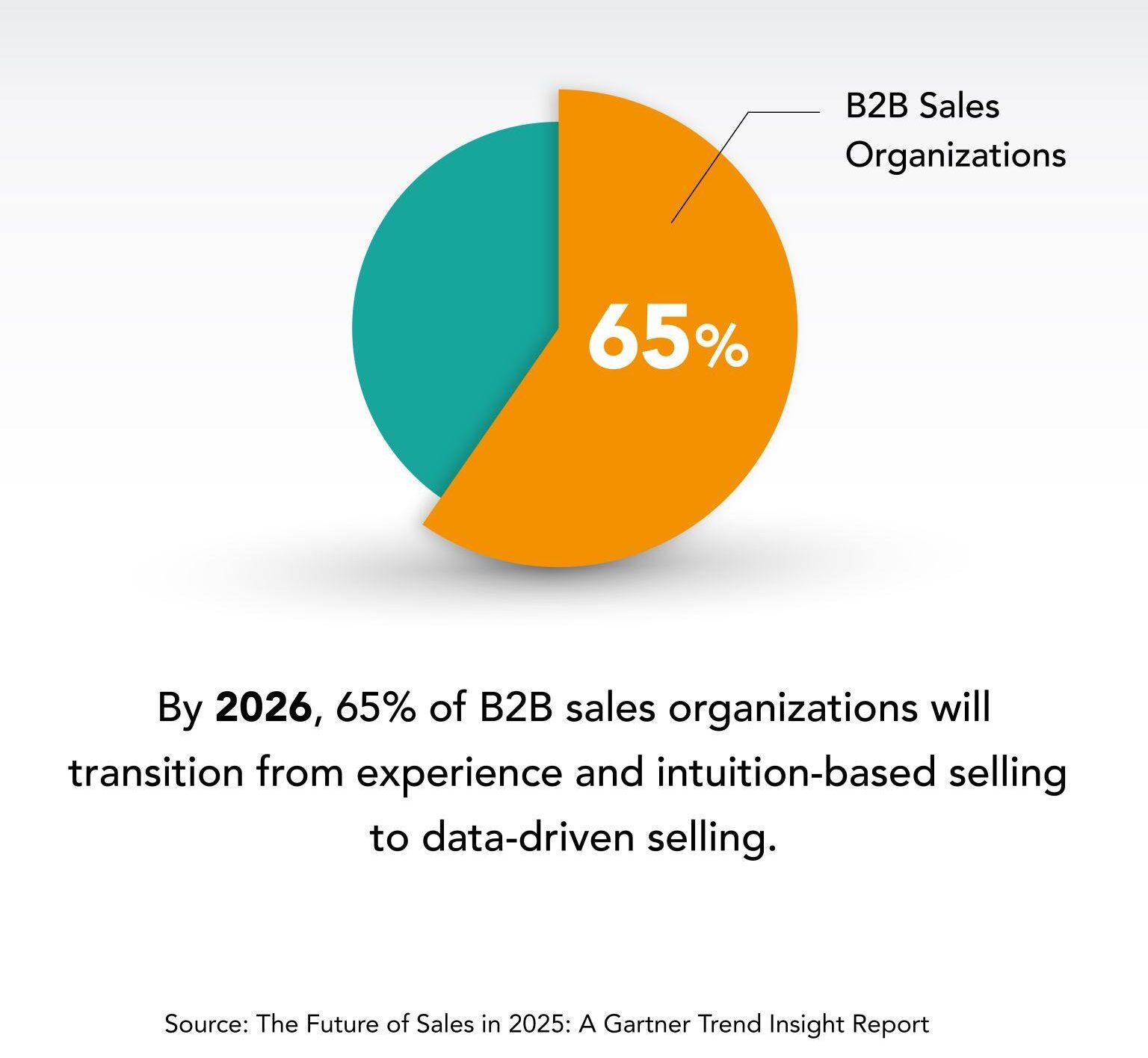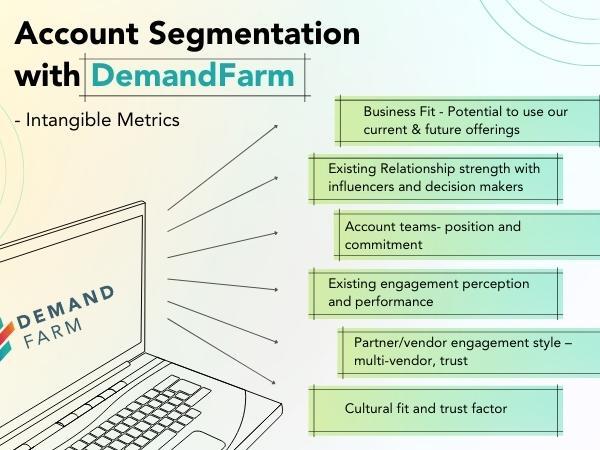It’s 2024! The memories of the midnight revelry have probably faded. The resolutions you made when the clocks ushered in the New Year are now looking less appealing. But what you can’t afford to ignore are processes and strategies that will help your business stay competitive and grow in the year ahead.
One such essential, and probably highly underrated tool, is the Quarterly Business Review (QBR). This 2024 Essential Guide to QBRs will provide you with the knowledge and tools you need to conduct effective and efficient QBRs, and help you unlock the full potential of your business.
Read More: Essential QBR Metrics to Track For Account Growth
What is a Quarterly Business Review (QBR)?
As the name suggests, QBRs are business reviews conducted with your customers every quarter. The main purpose of this exercise is to review the impact your products or services are having on your customer’s company, how you are facilitating their progress and discuss future plans and upcoming targets.
By regularly reviewing and assessing key performance indicators (KPIs), businesses can identify areas of strength and weakness, set measurable goals, and make informed decisions to drive success.
A QBR ensures regular communication about the value you provide and can facilitate a seamless renewal process.
Learn more: QBR Playbook for Sales and Account Management Leaders
QBRs – Purpose and Objectives
To implement effective QBRs, it is first important to understand their purpose and objectives. These business reviews should be used to assess the performance of the business as a whole, as well as the performance of departments and teams. They should also be used to identify and prioritize opportunities for improvement, and to set measurable goals for the next quarter.
A QBR has to include and involve key stakeholders from your customer’s business. It’s important to involve stakeholders from various levels of your customer’s organization because of the valuable insights and ideas for improvement that people at all levels bring.
For the most benefits out of your QBRs, make sure to set a clear and consistent agenda. This could include a focus on financial performance or customer satisfaction. Or you may want to review employee engagement. It may even be a mix of various parameters. It’s important to set aside time for open discussions and brainstorming to identify new opportunities and address any challenges that may have come up.
One important aspect of QBRs is tracking progress and following up on action items. It’s important to establish a system for tracking progress on goals and action items, so you can measure your success and identify areas where additional support or resources may be needed.
Read Now: 10 Best Practices to Run Super Productive Quarterly Business Reviews
The Components of an Effective Quarterly Business Review
When you’re setting the agenda for your quarterly business review, check if you’ve included one or more of the following:
1. Review of product implementation or usage goals
This will help you understand if your product is being used for the purpose it was intended for. It can also help you identify gaps because of which there isn’t much perceived value for your product. When these gaps are identified you can work on closing them and demonstrating the actual value of your product to your customer’s business.
2. Performance review for the previous or last financial period and assessing the value generated
By doing this you can make sure that both parties are on the same page when it comes to the value being created by your product. You also become aware of any shortfall in performance and expectations, and can accordingly make any changes necessary for improvement.
3. Analysis of anticipated problems and complications
Addressing and discussing these before they happen will allow both parties to be prepared if they do arise. Brainstorming about the steps that can be taken in the face of various challenges and obstacles is also helpful. This process may also help with finding solutions to avoid some anticipated issues.
4. Planning for the future
Are you interested in being more than a vendor? If you’re looking to be a contributing partner to your customer’s success, then sharing plans for the future is a great way to take your association further. Taking the time to learn about your customer’s future business plans can help you develop a plan to continue helping and supporting them. This ultimately helps with customer retention. Sharing your plans for expansion or product development will help build interest.
5. Share planned product improvements
This is your chance to showcase how you’re invested in product development and improvement. During this discussion or presentation, you should specifically focus on those product features that are being improved at the specific request of your customer. This also proves to your customers that their inputs are important to you. It makes them feel part of your growth and development.
Learn More: The Do’s and Don’ts of Quarterly Business Reviews (QBRs)
What a Quarterly Business Review is NOT a Substitute for
While it’s important to understand what a QBR is and what it includes, it is equally important to understand what it should not be focused on.
Although these business reviews will help you understand how well your product or service is being used, the focus at these meetings is on the customer. The customer is the ‘hero’. Your product or service is in a supporting role, helping the ‘hero’ achieve success.
1. Do not use the QBR to sell
This could include upselling, cross-selling or even promoting a newer product or service. This does not mean that you shouldn’t talk about new features or improvements in your product. Just don’t use this session as a back door to sell more stuff.
2. ‘Business’ is the primary word
Don’t treat this meeting as a social interaction. And don’t take the time set aside for this review for granted. It is an important business meeting. One that will allow you to demonstrate the value you bring to the partnership. Use your time wisely.
3. Take the focus off you
You want to go from being just another vendor or service provider to being a partner in your customer’s success. And that’s where you should concentrate. While it’s important to highlight how you’ve assisted in helping them achieve their goals, the main focus should be on their achievements.
The Benefits of a Quarterly Business Review
Conducting regular QBRs can help businesses to stay competitive and also build a culture of continuous improvement. These periodic business reviews allow you to adapt to the ever-changing business landscape by reviewing and adjusting strategies and tactics as needed.
A well-planned and conducted quarterly business review can help both you and your customer.
1. Reassessment or adjustment of objectives to align with current circumstances:
The business environment is always changing. Businesses, therefore, have to continuously adapt and evolve if they are to remain successful. In this context, it could be that a customer’s use or application of your product is revised, changed or modified. The objective with which your product was introduced and used may need to be reassessed or realigned.
This doesn’t always have to come from your customer. If you’ve observed that, over time, your product is not being used in the manner in which it was originally intended, you could bring this up yourself. You could also suggest new ways in which your product can be used. Keeping it relevant, even in the changed business scenario.
2. Redefining product value:
The idiom ‘familiarity breeds contempt’ can very well be applied to business situations. Customers may use your product or service so frequently, it becomes part of their regular processes. And the great value they once attached to is forgotten.
A quarterly business review is an excellent platform to demonstrate the value your product brings. It allows you to remind your customer of the positive impact your product has brought to their business.
Make sure you demonstrate the value of your product or service on a larger scale, rather than focus on individual users or single departments. Using metrics, the data you’ve collected and other quantitative parameters will help you drive home your point.
3. Strengthening and cementing customer relationships:
QBRs are a great way to cultivate and nurture strong and long-lasting relationships with your best customers. It is an excellent platform to drive change and make real progress. QBRs provide an opportunity for regular, in-depth conversations with your customers.
If you’re conducting your QBR right, you have a great opportunity to listen attentively to your customer. By paying attention and aligning your offers and products to their future plans, you demonstrate that you are serious about being a partner in their success. You can also identify opportunities for future collaboration.
These meetings are a way to stay connected with your customers and it also helps them ‘humanize’ your product or service. You also become a familiar point of contact. Your customers will therefore find it easier to reach out if there are problems or if they have concerns.
It is also a forum for your customer to give feedback which could help you improve your products or services.
Preparing for your Quarterly Business Review
You want to ensure that your business review is productive and successful. The importance of preparing for it cannot be stressed enough. You have to respect your customer’s time and ensure they receive maximum value from this session.
Here are a few steps that you can take to prepare for an effective QBR:
- Review past performance – Review performance metrics and data from the past or previous quarter. Identify wins that can be discussed. Establish areas that need improvement.
- Set objectives – Make sure you are clear on what outcome you expect from the meeting. What are the key topics to be discussed?
- Prepare an agenda – Make sure it includes the meeting objectives and key topics to be discussed.
- Share details – You need to ensure that everyone is on the same page about the reasons for the QBR and the expected outcomes. Circulate your agenda to your team and your customer before the meeting. This gives them a chance to come prepared.
- Prepare, prepare, prepare – Gather all the data you may need. Prepare your presentation, if you’re planning one. But don’t ignore the basics. You may be asked for the renewal date, the fees they are charged, the discount they’ve been given. While you may not be expected to rattle off facts and figures off the top of your head, you will need to be prepared with the information.
- Involve the right people – Make sure your QBR includes the right people from your company and also from your customer’s company. Be inclusive in who you invite.
- Review the current customer relationship – You definitely do not want to be embarrassed or blind-sided at this meeting. So review the current relationship. Go prepared to address any issues that the customer may have recently or repeatedly highlighted. Talk about any solutions you’ve found for the challenges they’re facing.

Other details about QBRs
- Frequency: You may be surprised to know that being termed as ‘quarterly business reviews’ doesn’t necessarily mean they are conducted every single quarter. The frequency of QBRs is flexible and should be tailored based on your relationship with the customer, the stage of your relationship, and how much support the customer needs from you. The frequency of QBRs should be determined in collaboration with the customer. Both parties should agree on a schedule that works best and allows for regular check-ins and communication. It’s important to note that QBRs should be held when necessary and not simply to check a box.
- Duration: The goal of a QBR is to have an in-depth and productive discussion for both parties. It should not be a marathon meeting. Ideally, depending on customer requirements, a QBR session can be between 30 to 90 minutes. Irrespective of the duration of the session, make sure it’s engaging. It’s a good idea to include a few short breaks to keep participants focussed. While it’s good to have a time schedule, be flexible enough to accommodate the needs of your customer. If you are making a presentation, make sure there’s time at the end for discussion, feedback and questions. It’s important to review all the important metrics and statistics, but also make time to discuss issues or changes.
- Customer Segmentation: Preparing and conducting effective QBRs is a major task. It requires a lot of time, energy and effort. You may, therefore, not be able to have QBRs for all your customers. Nor is it recommended. Reserve these discussions and brainstorming sessions for your best customers or key accounts. Those that you decide need special care and attention from your company. Identify and choose those customers that allow the best opportunities for growth.

QBR for Strategic Account Management
Effectively conducting QBRs for your Key Accounts or Strategic Accounts is a great opportunity to discuss actions and activities that drive business growth for both parties. The reviews become even more relevant in the context of you showing up as a business partner to support the success and achievement of your best customers.
However, these meetings have to take a slightly different character as compared to just another QBR. Refer to your Key Account Plan for the customers with whom you want to foster and cultivate better relationships. Also zone in on the reasons for which you’ve chosen those customers. With this as the foundation, build your QBR agenda.
These business reviews are a fantastic platform to discuss current market dynamics and share insights on future technology and product plans. This can help both you and your customers to stay ahead of the curve and make strategic decisions to position your companies for future success.
Demand Farm can help you build a Key Account Portfolio for focused account planning and governance. ‘Grandstand’ – The Executive Dashboard is a great tool to help plan and manage your quarterly business reviews. It’s an impressive business tool that gives you a complete overview of your important accounts, allowing you to easily keep track of progress, make changes, and stay on top of your processes. It helps you manage your sales prospects better, understand trends, and create reports with detailed information for better decision-making.
With Grandstand as part of your process, you have:
- Better control of sales prospects. Seeing current progress and being able to analyze it quickly gives you confidence in the decisions you have to take for your business.
- An understanding of patterns and changes in multiple accounts. This allows you to predict when a customer might leave and also helps you plan for steady growth and income.
- Reports and overviews to help leaders with better decision-making. These reports are detailed but easy to use and help in keeping your customer management program moving forward.
In Conclusion
QBRs are an essential tool for any business to maximize business success. Conducting effective QBRs requires a holistic approach. It’s also important to be flexible and adaptable. The business landscape is constantly evolving, and QBRs should be used as an opportunity to review and adjust strategies and tactics as needed.
It’s important to plan and prepare for your QBRs so that both parties get the maximum benefit from the session. When done right, they can help with customer loyalty, an effortless renewal process, and real-time customer feedback. By staying in regular touch with your customers you’re able to check customer dissatisfaction and make adjustments to meet expectations.
Use this opportunity to demonstrate the value you hold, and your willingness to go beyond a client-vendor relationship to a mutually beneficial partnership. This is especially important in the early stages of relationship building where your product and the QBRs you organise are the only impressions your customers are likely to have of your company.
 On-Demand Webinar: Unfiltered take on AI in Account Planning: Meet DemandFarm’s KAM AI
On-Demand Webinar: Unfiltered take on AI in Account Planning: Meet DemandFarm’s KAM AI 


